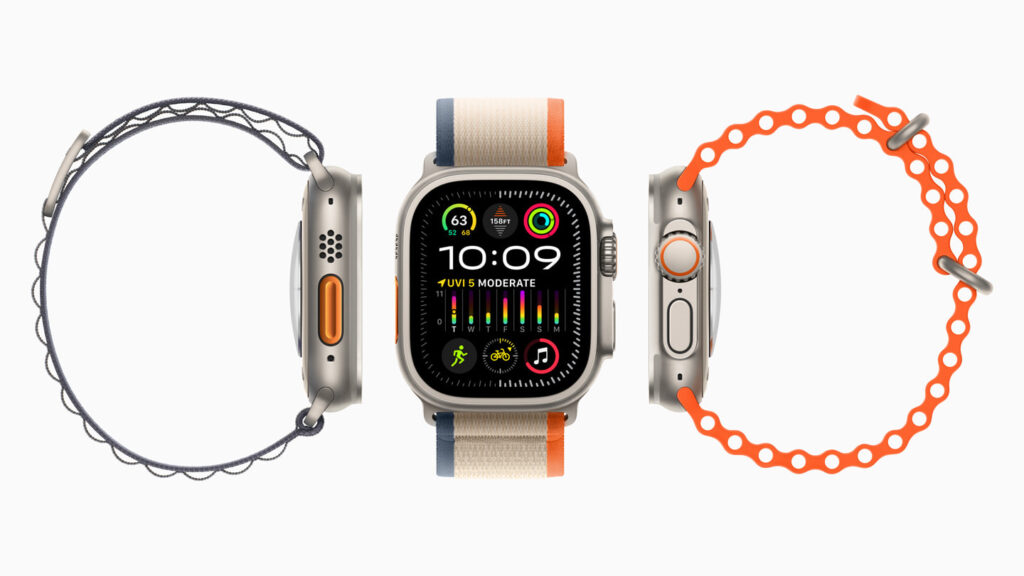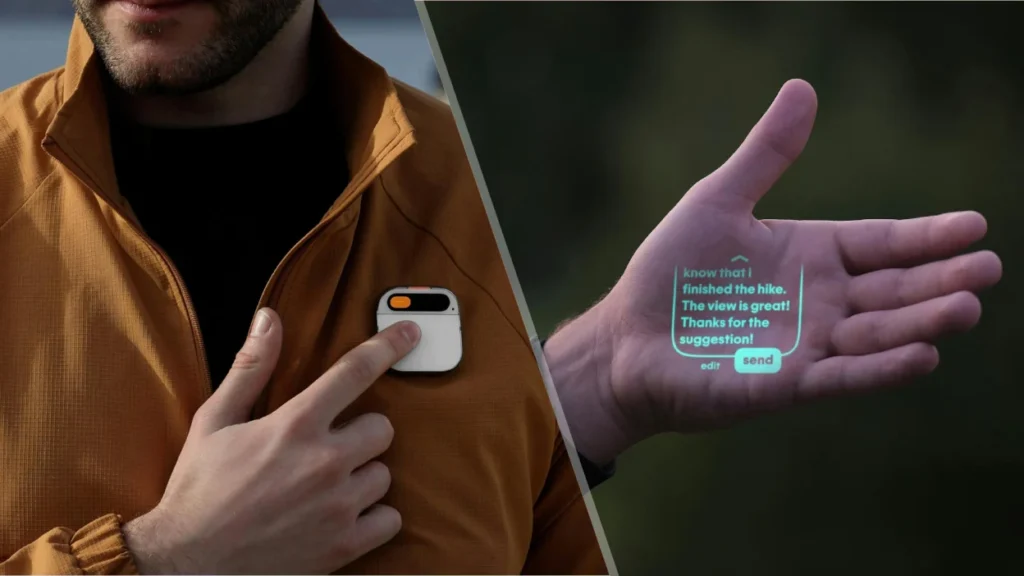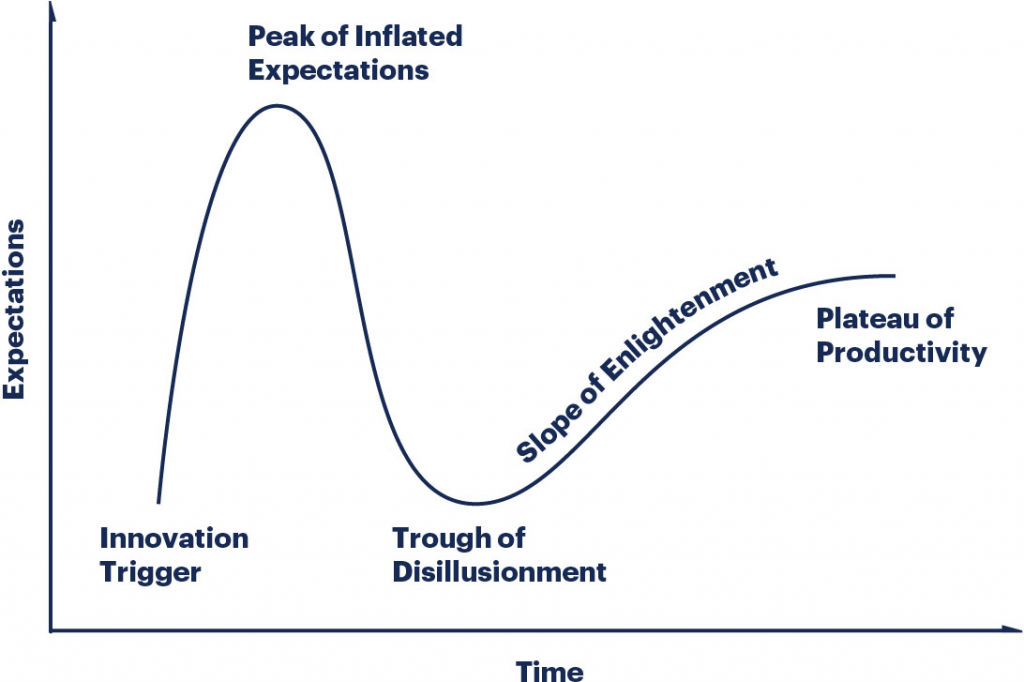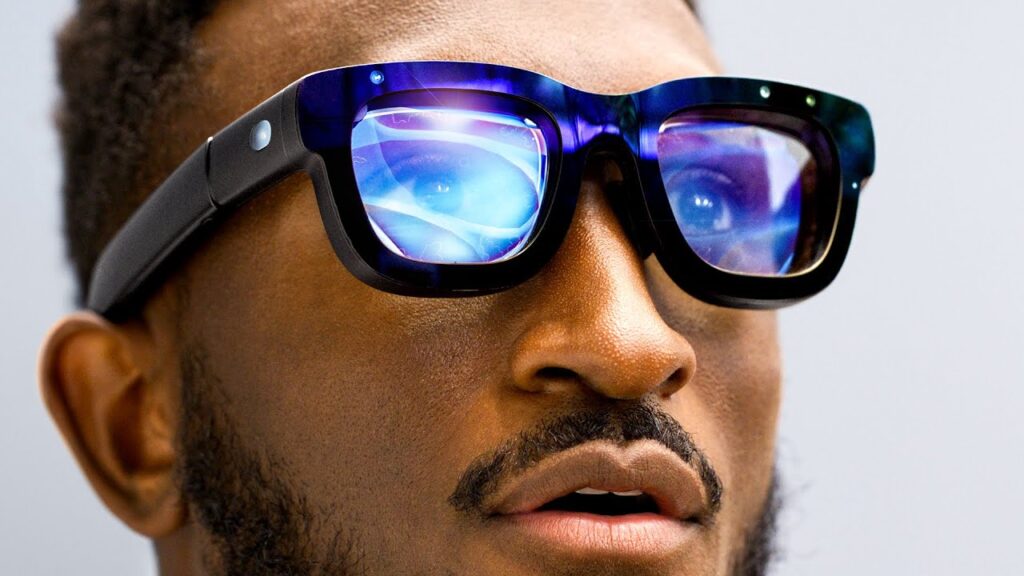When the original Apple Watch was released back in 2015, I was fortunate enough to be gifted one. I had long dreamed of owning a real smartwatch, but most that already existed were either outrageously expensive or unattractive. While the first Apple Watch was clunky and imperfect, I wore it every day to track my workouts and to keep track of my notifications without having to take my phone out of my bag at school. I knew then that it was a promising piece of technology, one that my friends were jealous of and my parents thought seemed straight out of Inspector Gadget. Flash forward a decade and the Apple Watch has become the most popular watch of all time. Nowadays, it is my badge at work, my credit card, my fitness tracker, my music player when I run, and – when I pay for the additional line on my phone plan – a literal cell phone; for someone else, it might also be a dive computer, a GPS, a “LifeAlert,” or an ECG machine. Smartwatches have become so ubiquitous precisely because they combine thousands of unique functions into one small package in just the same way that smartphones did.

Since the emergence of the first smartwatches, the wearables market has been booming. Apple, Google, and Samsung have broadened their smartwatch offerings, while Google and Garmin also make uber-popular fitness trackers that offer a more simplified set of features. Samsung and smaller companies like Oura have also cornered the market on “smart rings” that can track your health and sleep patterns less obtrusively than a watch. Even the infamous Humane AI Pin, while ultimately a dud, was a fascinating look at a new type of wearable interface that centered around a laser projected display and a voice-activated assistant.

While these accessories offer similar functionality to their wearers, there is one form factor that tech companies have been hesitant to explore extensively until now: glasses. Back in 2012, Google announced its Google Glass smart glasses to the general public, eventually selling the prototypes to a select number of customers in 2014. These glasses could show the user information in a tiny display close to their eye, and also had a camera that could take photos and videos. Perhaps too ahead of its time, Google Glass was discontinued for general use after several confrontations between business owners who did not want their patrons to be recorded and Google Glass wearers (nicknamed “glassholes”). Given the rise of TikTok and the total ubiquity of the smartphone, Meta is willing to bet that customers in 2025 will not encounter the same pushback; so far, their big bet on smart glasses has paid off.

In 2019, Meta partnered with Ray-Ban parent company EssilorLuxottica to create stylish, tech-savvy sunglasses, a deal which they extended for the next decade in September of last year. As part of this partnership, Meta has produced a series of Ray-Ban sunglasses that merge their technology with everyday street wear and classic Ray-Ban frames; users can take photos and videos, listen to music, talk on the phone, and ask questions about what they’re looking at to Meta’s AI assistant. The Ray-Ban Meta sunglasses have become quite popular, especially because they don’t look out of the ordinary and fulfill functions that, while certainly achievable with any smartphone, are more convenient when you’re already wearing the sunglasses. While they ultimately cannot come close to replacing our smartphones, they do not aim to; much like other wearables, Meta Ray-Bans are an accessory. However, it is quite clear that Meta has ambitions to design a wearable that they hope could someday dethrone the smartphone.
While smartwatches can operate independently, many are still largely an accessory to smartphones; they technically could replace the basic functions of a smartphone, but I can’t imagine anyone would prefer to scroll through Instagram on their comparatively tiny watch screen. In fact, there has been a growing consumer trend towards foldable displays that can pack larger screens in the same footprint as a typical smartphone; even still, the vast majority of smartphones are almost indistinguishable from one another. It seems that smartphones have achieved the “Plateau of Productivity” – we know what to expect from one, what we would prefer to use them for, and when we would prefer a different device or a larger screen. This has led a glut of companies, including Meta, to try and answer the next logical question: “What comes next?”.

Back in September of last year, Meta unveiled the Meta Orion, their first “true augmented reality glasses”; wearers of the Orion can actually see and interact with virtual displays on top of the real world around them, unlocking the dream of mixed reality and promising to unleash a brand new way that we will interact with our environment. They are wildly impressive, but are quite chunky and wirelessly connect to a separate puck and a wristband; Meta says they are not selling the Orion, but instead are working hard to make the product more polished before they release a consumer version in the near future. When they do, many are hoping it will become the next “smartphone” – that is, a device that will change the world in a similar Earth-shattering fashion.

As we have seen with smartphone and smartwatch adoption, to become as ubiquitous as these devices, a competing technology will need to be able to do as much or more than a smartphone can and will need to do it better. It is easy to imagine using these glasses to scroll through social media or watch video content, and despite that AR glasses are literally in your face, smartphones are often no less intrusive in social situations. True augmented reality will also unlock new use cases that may be unforeseen and incredibly useful; apps like Uber and Airbnb were once unimaginable, but emerged because of the meteoric rise in smartphone adoption and displaced entire industries as a result. At this point in the market, every tech company is hoping to have the “smartphone killer,” a goal that seems like it would be the Holy Grail for the first company to achieve it. However, companies that fail to understand how and why people use their smartphones will ultimately end up with a product that nobody wants (e.g., Humane).
I was at the grocery store yesterday and when I reached for my phone in my left pocket, it wasn’t there. I panicked. Smartphones are a necessity in modern life, and it’s unusual (and often dangerous) for us to be separated from a device that has become an extension of our ability to find out answers to questions and communicate with others. When I used to wear glasses, I felt very similarly about them: when I wore them I barely noticed them, but when I took them off and left them somewhere, I wasn’t able to drive myself home. And when I looked in the mirror, I almost couldn’t recognize myself without them.
It seems like technology we can wear is the most natural evolution of technology that fits in our pockets, but what will we feel deprived of if we take these devices off, and how will wearables affect our ability to disconnect? How will the style and brand of devices we wear affect our identity?
And what kinds of privacy implications will they have when cameras are on our faces instead of in our pockets? Recently, two Harvard students rigged Meta Ray-Bans to use AI and facial recognition software to instantly identify and dox strangers. Even without outside interference, the amount of information these devices collect for AI training purposes is quite concerning. While Orion will require several technological leaps to fully mature, many of the issues that they may present are already emerging.
Wearables have become a massively lucrative product category for all major tech companies; there’s a lot of ground to cover, and smart glasses deserve their own post. Next week, I will explore the promises and pitfalls of smart glasses and mixed reality technologies.

Leave a Reply